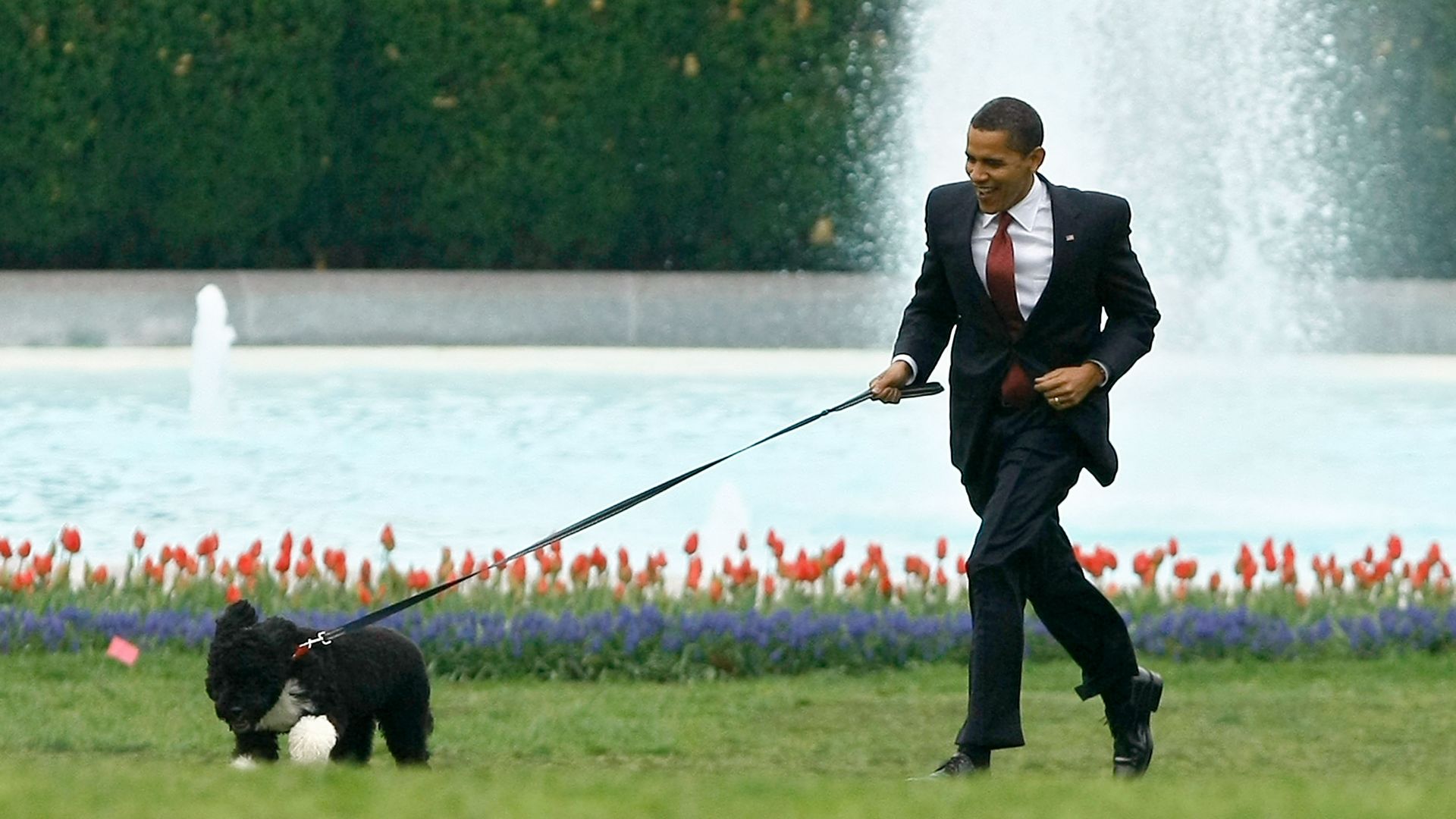16 ways to keep yourself and your pup safe from a dog attack, according to the experts
Want to keep yourself and your dog safe on walks? Follow our expert tips to protect yourself from dog attacks
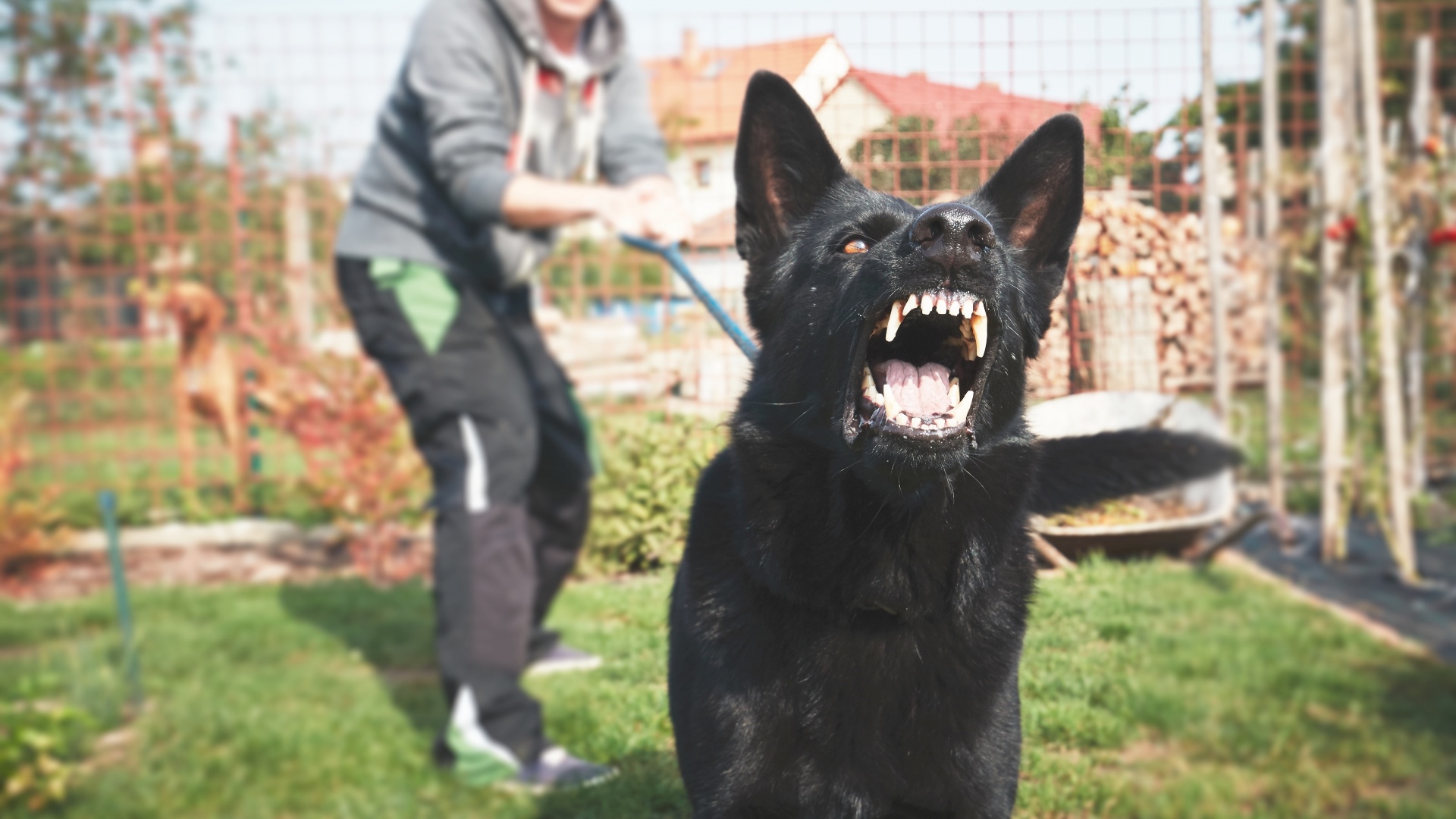
Knowing how to reduce the likelihood of finding yourself on the end of a dog attack is one of those useful skills that we hope you’ll never have to use but is good to have up your sleeve just in case.
While most dogs are more interested in playing with their toys and nibbling on the longest lasting dog chews than they are in attacking you, a recent news report from the BBC revealed that dog attacks have risen by 34% in the past five years - a trend mirrored in several other countries, including the United States.
And it’s not just learning how to keep yourself safe that’s key - setting your dog up for success by understanding them well will reduce the likelihood of them attacking someone else, which could result in authorities deciding to euthanize them.
Aggressive dog behavior can be scary, but there’s plenty you can do to reduce your chances of being attacked. Below, dog experts reveal their top tips for staying safe around dogs, how to keep your own canine companion safe, and what to do if you’re bitten.
Eight tips to stay safe around dogs
1. Use the Pet, Pat, Pause approach
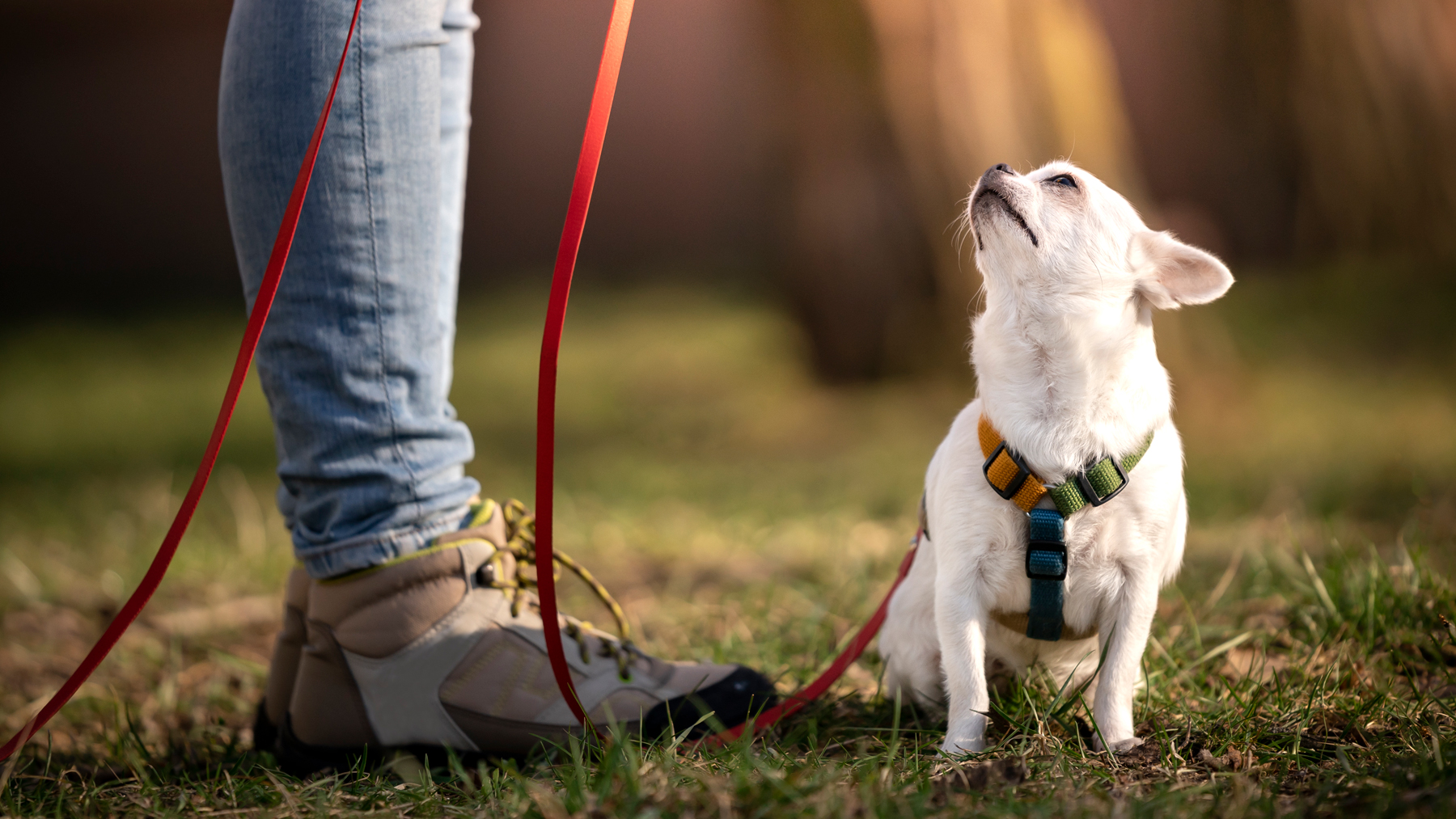
Dog trainer Meg Marrs says it’s important that both children and adults learn to respect a dog’s right to consent. She says one of the best ways to do that is to use the Pet, Pat, Pause technique.
“Start out patting your leg to invite the dog to approach. If they approach, proceed to pet them. After a few seconds, pause and wait for their response - if the dog indicates they want the petting to proceed, go for it! If they move away, or do nothing, we can take that as a "no."
2. Use calm body language
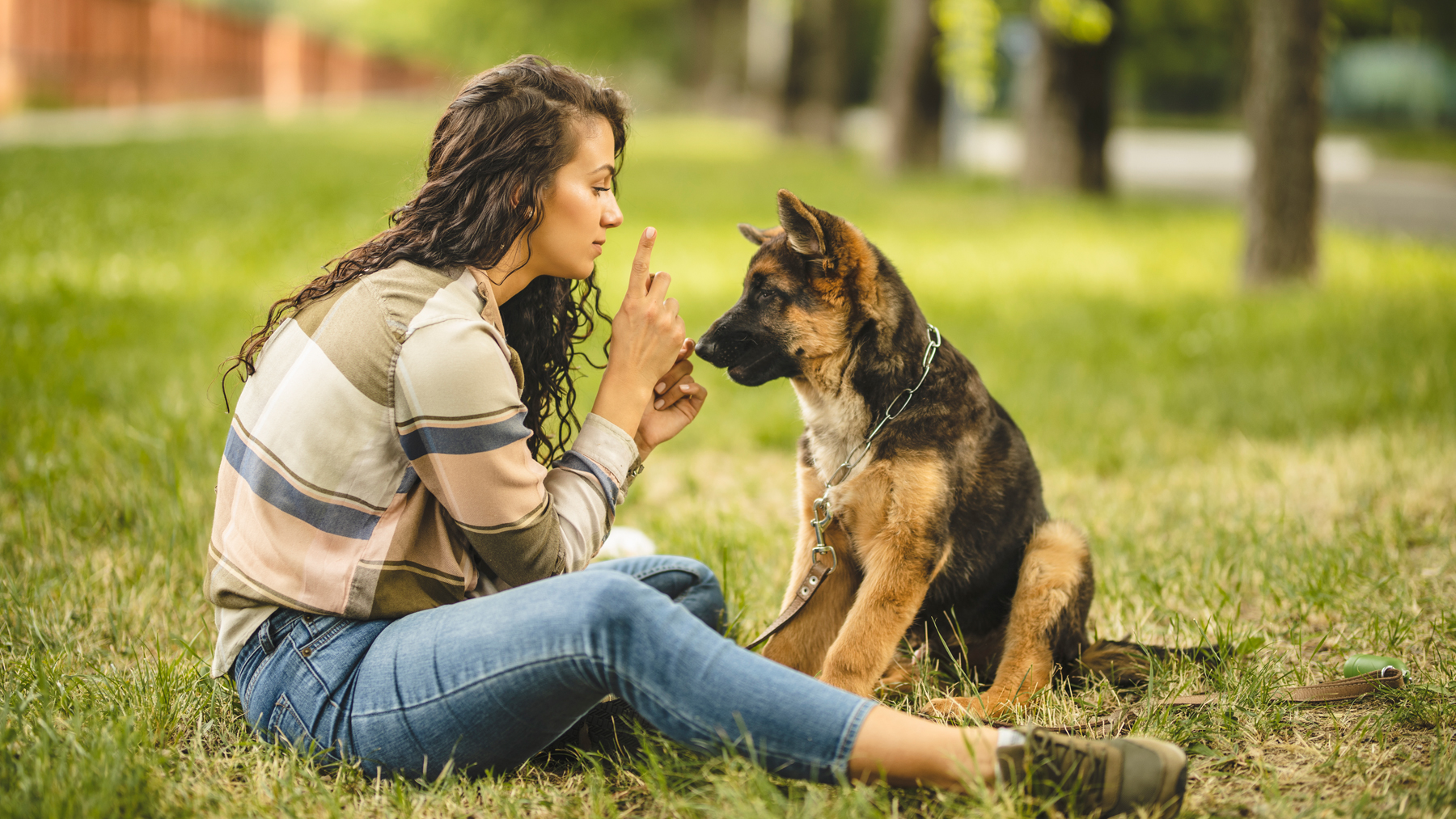
“If you are close to an aggressive dog, monitor your body language and avoid anything aggressive or combative towards an owner, e.g. sudden sharp movements”, suggests vet Thomas Doyne.
PetsRadar Newsletter
Get the best advice, tips and top tech for your beloved Pets
Doyne says it’s also important to avoid doing anything that could make a dog anxious or worried. “For example, making direct eye contact is generally seen as a threat and so could make a dog feel nervous and heighten the chances of an attack.
3. Give them space
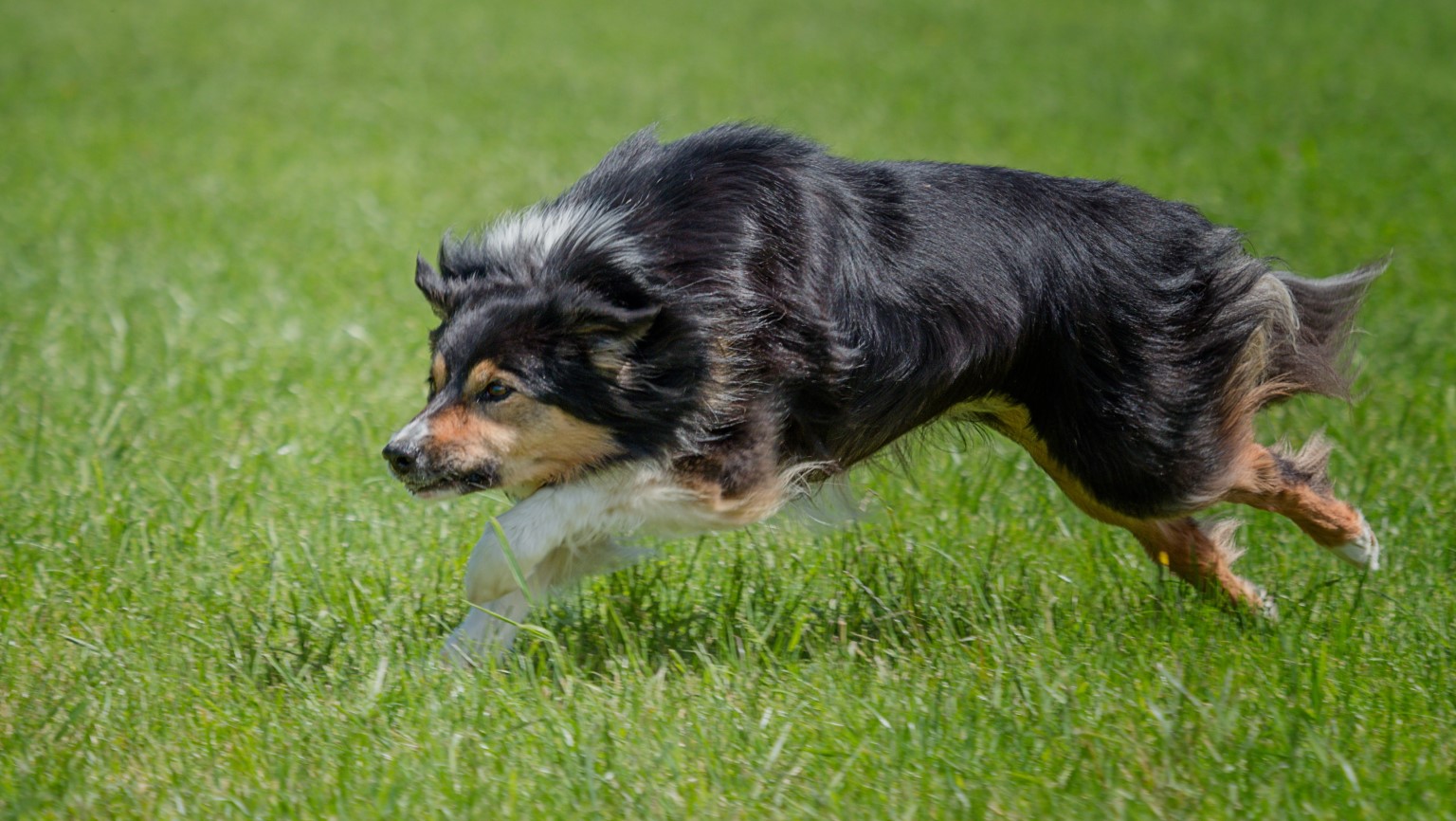
We’re often so keen to give a dog a pet or a cuddle that we forget that our canine companions are just like us and have their own personal space zone that they don’t like being crossed. Respecting personal space is particularly important around dogs we don’t know or suspect may be aggressive.
“The best thing to do when around a potentially unsafe dog is to give them plenty of space and keep an eye on their body language. They give off signals that indicate when they are feeling nervous or uncomfortable,” explains Marrs. For more on this, take a look at our guide to dog body language which will help you read a pup’s mood.
4. Don’t bribe them with food
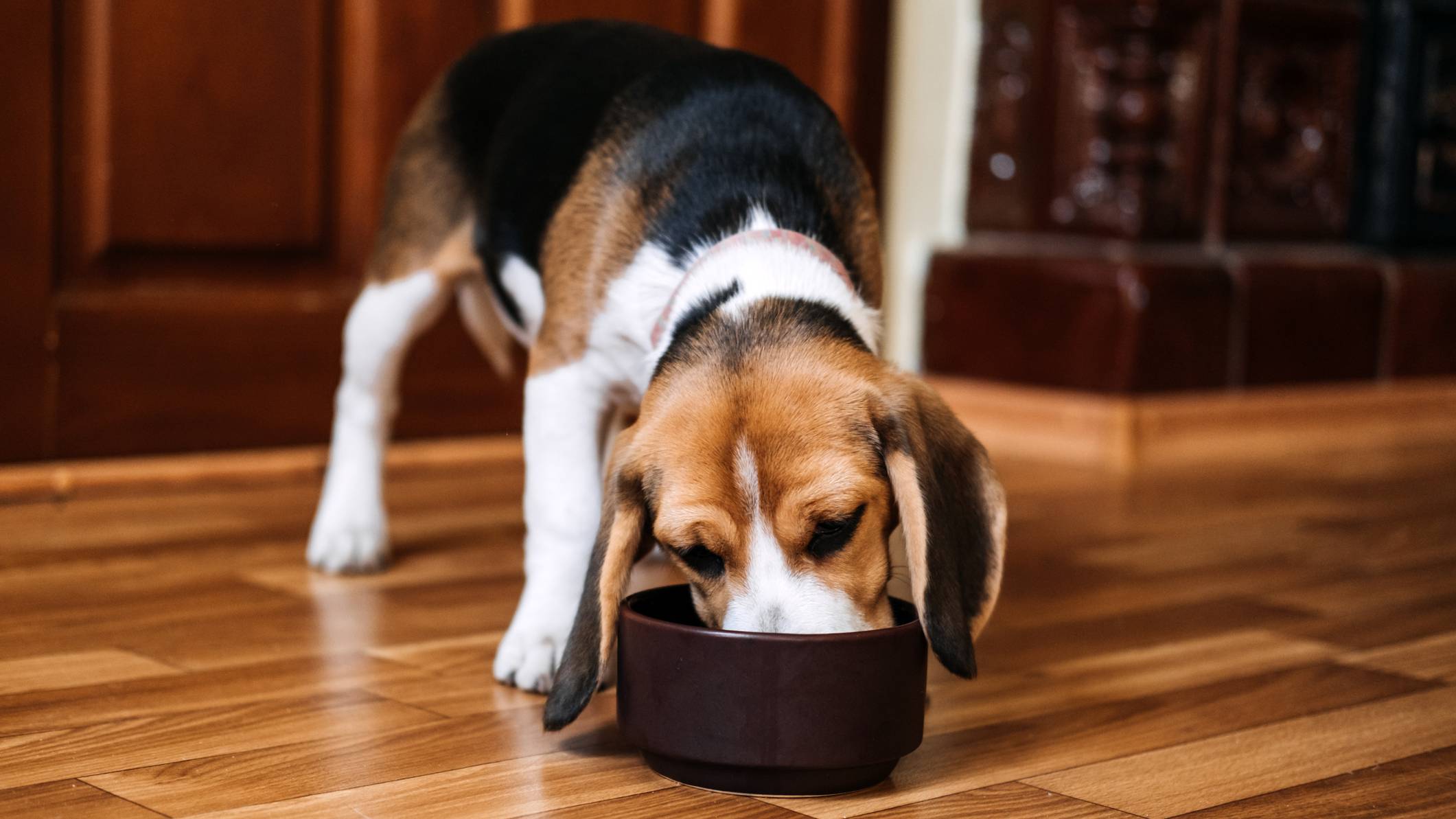
While trying to use food to get a dog to back off might seem like a sensible plan, experts say it’s wise to steer clear of this option. “Do not use food to bribe a dog into your space. What commonly happens is a dog might be motivated by the treats even if scared, but once they’ve eaten them they feel vulnerable again, and can resort back to aggressive behavior,” explains Eva Tang.
5. Ask the approaching dog to ‘sit’!
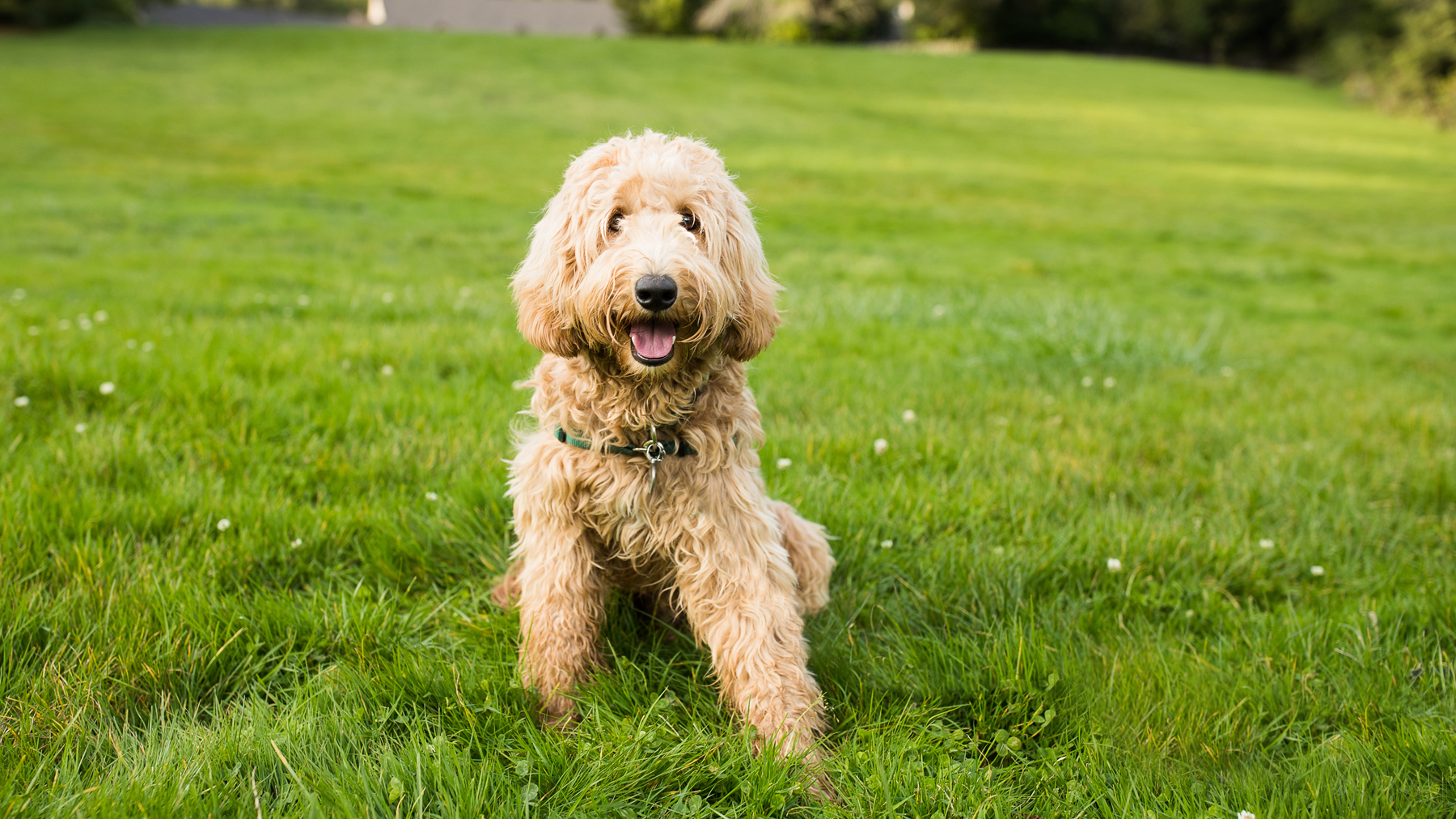
“Sometimes just simply asking a dog who’s approaching to ‘sit’ can stop them in their tracks”, says Canine Behaviourist Caroline Wilkinson. Many dogs know this simple exercise and are able to respond quickly to this cue. “When we move a dog’s brain from feeling mode to thinking mode, by asking them to do an exercise, then we can calm down the situation”, adds Wilkinson.
6. Breathe, slowly
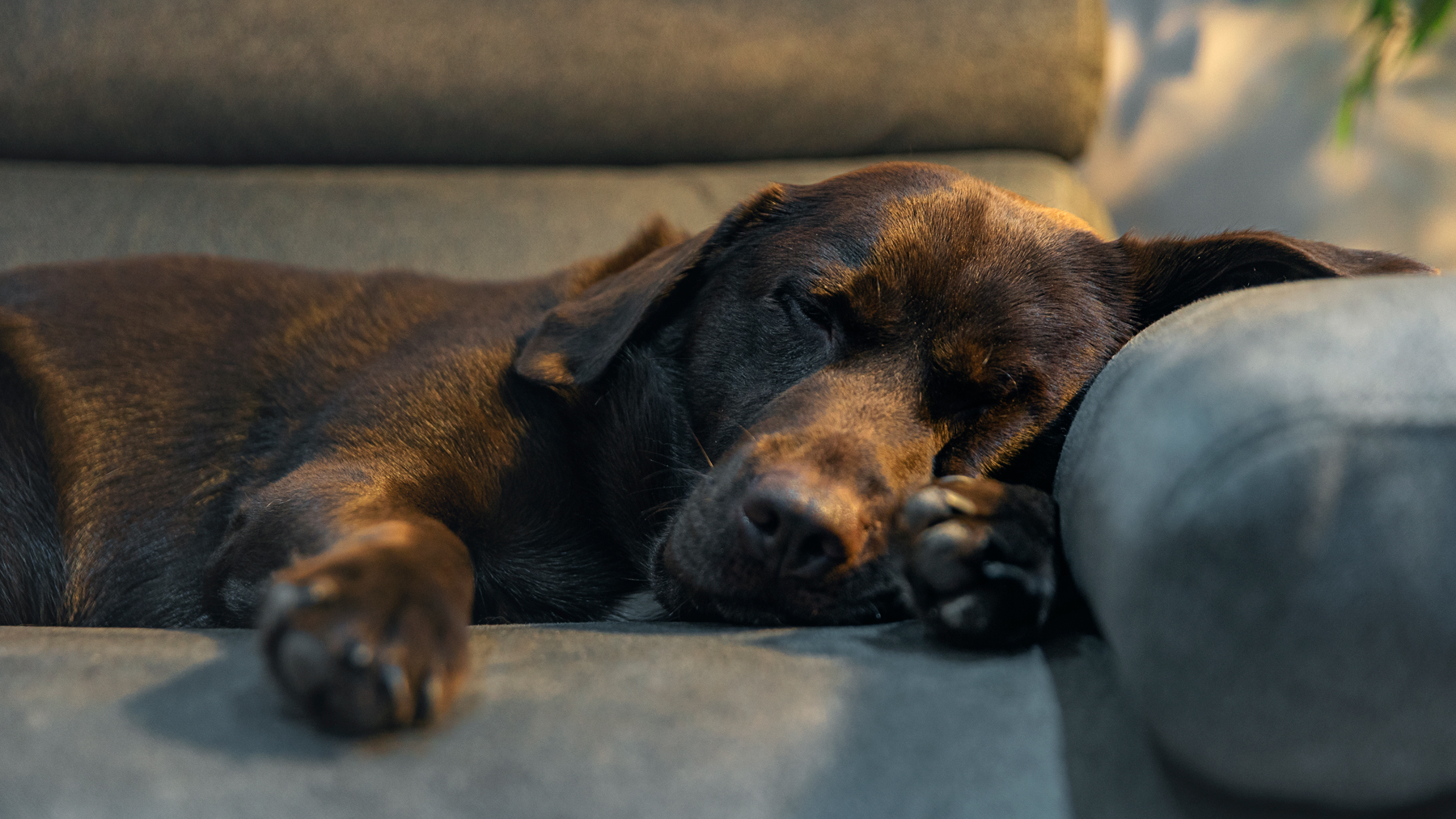
When we get stressed we tend to breathe more quickly, flooding our brain with too much oxygen. Wilkinson says, “dogs can read signs of stress in humans - which in turn impacts their own level of anxiety”. By breathing slowly in through your nose to the count of 7, holding your breath for 4 seconds, then breathing out of your mouth for 8 seconds, you’ll lower your stress levels pretty quickly.
7. Throw Food
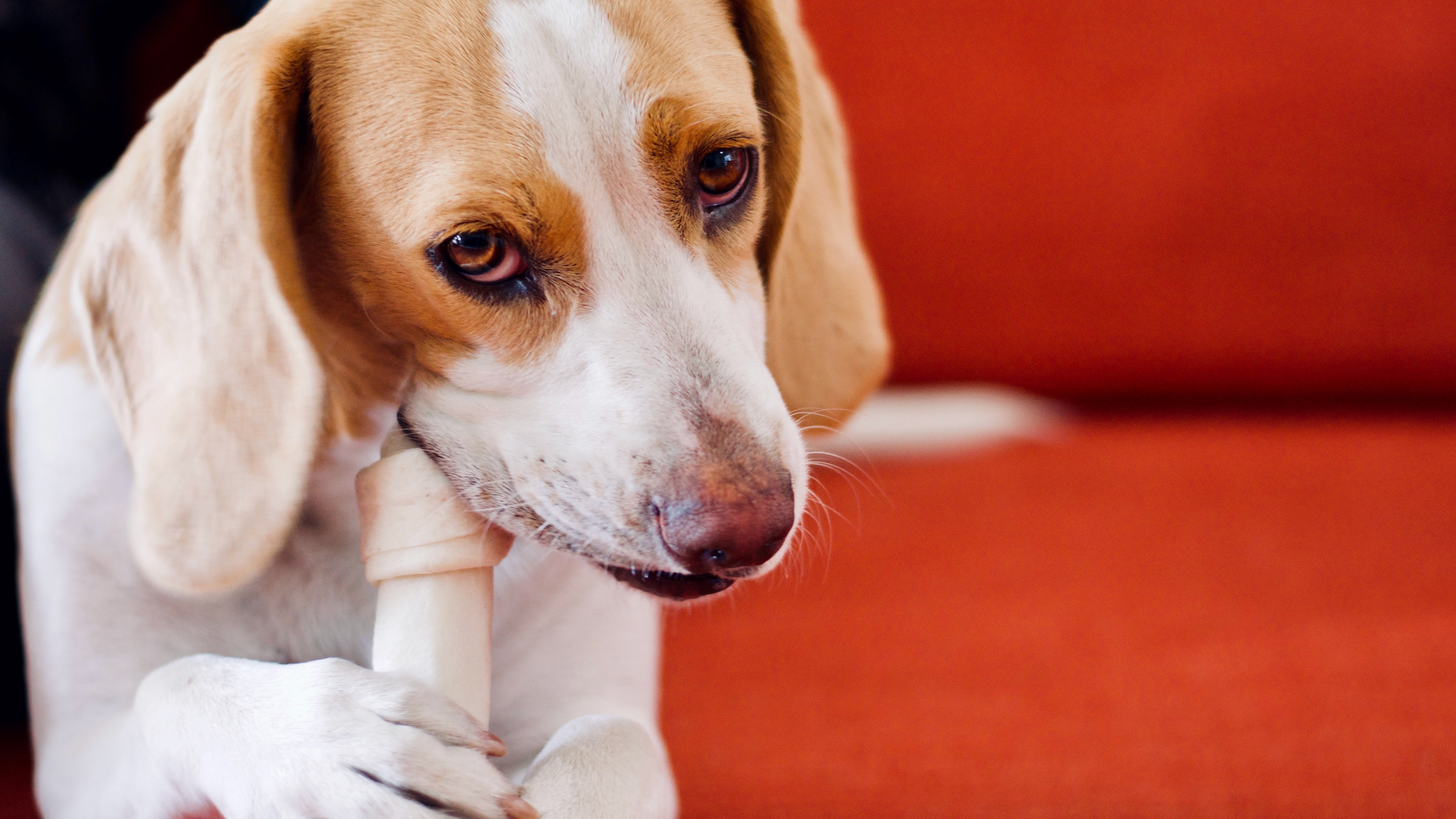
While we might not want to use food to get a dog closer to us, we can use it as a way to distract an approaching dog and create space. Toss multiple small pieces of tasty dog treats away from you in one direction, then slowly move off in another. Keep repeating until the approaching dog is back on leash or you have created enough space to feel comfortable.
8. Speak calmly to the guardian of the dog
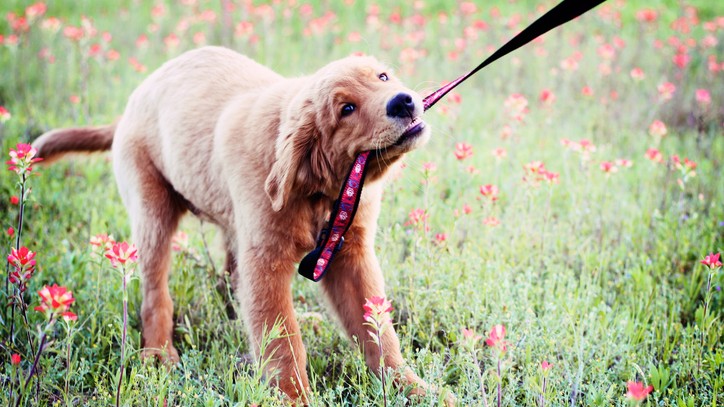
Whether it’s you or your dog that needs more space, asking the guardian of an approaching dog to give you that room is a good idea. Sometimes, pet parents can miss the signs that you’re trying to avoid them and make sense, so be clear in your request. Calmly asking them to leash up their dog and move away can mean you avoid the chance of any type of conflict.
Eight tips to keep your dog safe
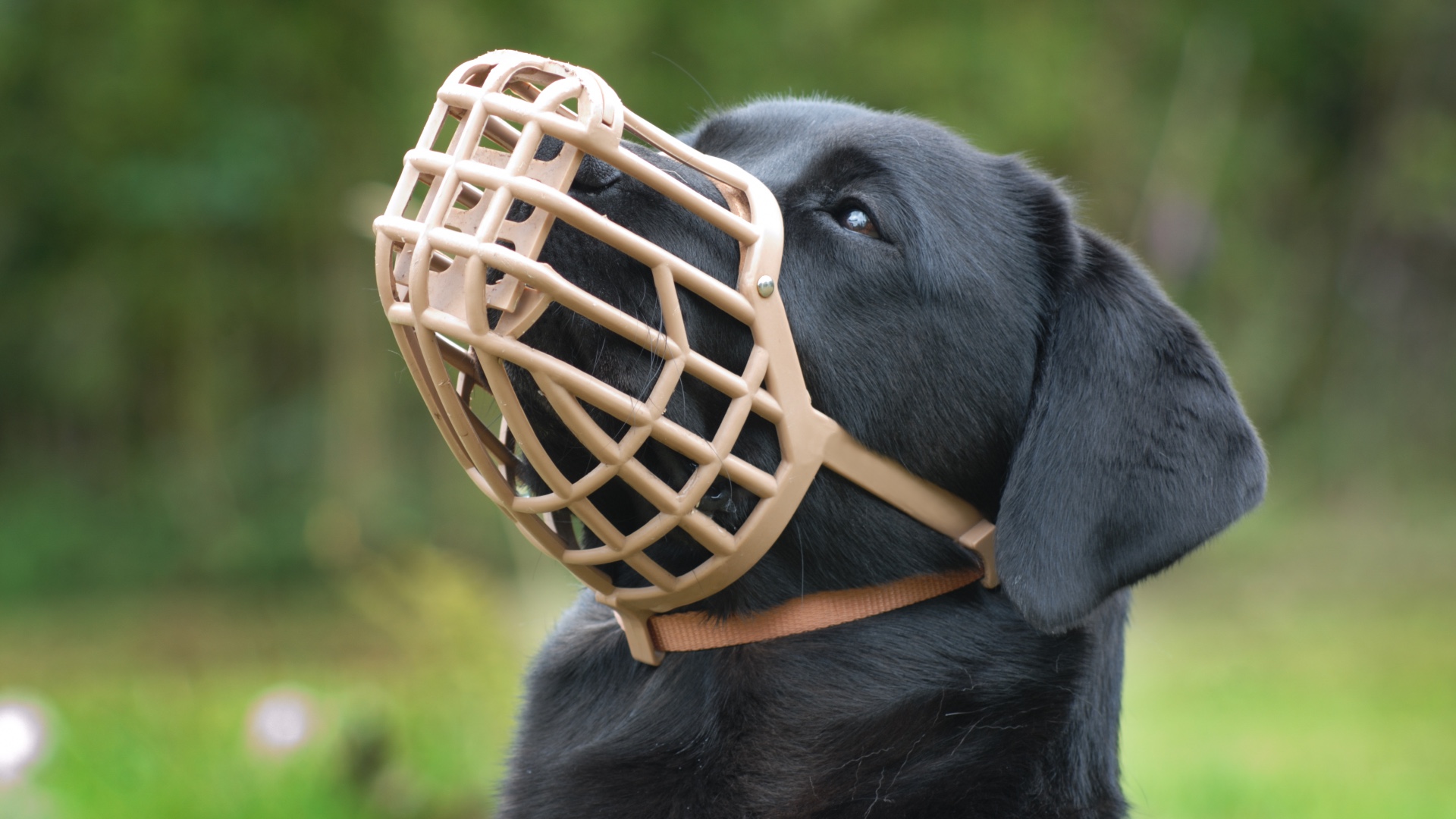
1. Train puppies for at least two years
“Many owners only do a short puppy class, if any, when they first get their dog, however, they continue to learn and develop for the first two years of their lives. Stopping training so soon lulls the owner into complacency - adolescent dogs need continuing coaching and socialization if they are to become trusted adults,” advises Jo Sellers.
So, what are you to do if you adopt a rescue pup who’s over the age of two? Well, the good news is that an old dog can indeed learn new tricks. We recommend enlisting the help of a specialist trainer to help your fur friend learn the ropes and then continue to coach and train them independently to build trust. And if you do have a small fur friend, check out our guide to how to train a puppy not to bite to help get them started off on the right paw.
2. Use prevention measures for safety
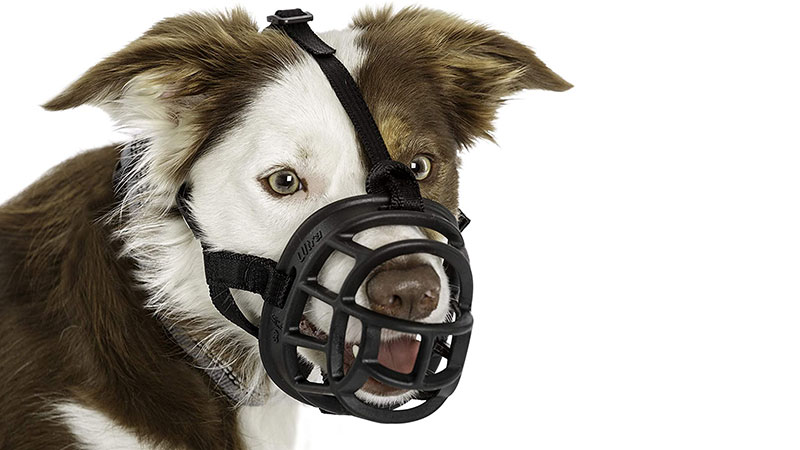
While a lot of pet parents are hesitant to muzzle their dogs, Tang says it’s one of the best things you can do to keep them and others safe. “If you think your dog might be aggressive, muzzle them. They have gotten a bad rap over the years, but it's one of the best tools to create peace of mind and safety for everyone.”
She also advises staying away from dog parks for one very important reason. “You don't know those dogs, or how much control the owners have of them. Getting attacked can create a heightened defensiveness in your dog, so try to socialize only with dogs that you know.”
3. Learn and understand your dog’s body language
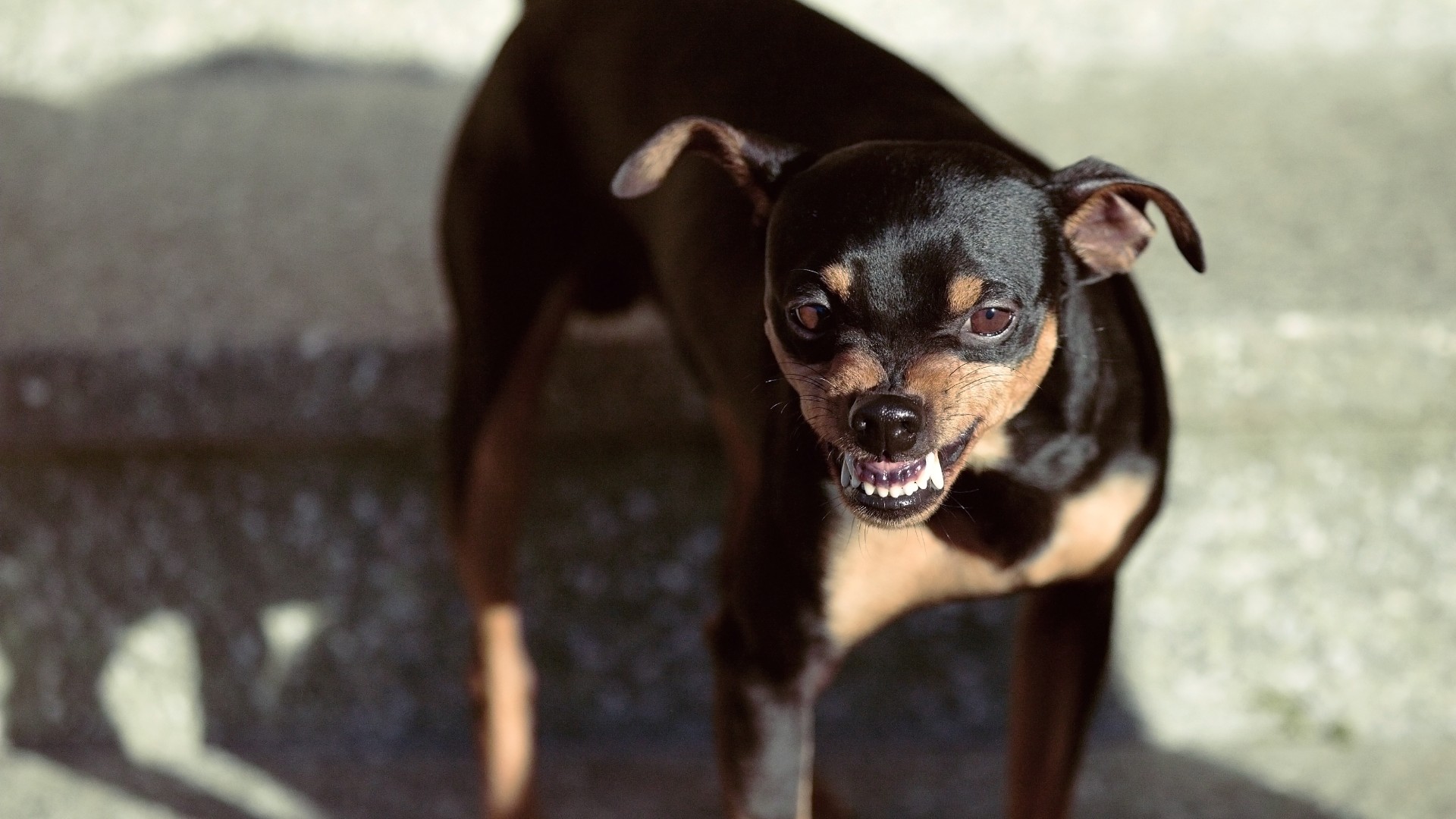
“Dogs tell us when they are happy, stressed, or annoyed. Not knowing the subtle signs can cause aggressive behavior. Be aware of what your dog is trying to say, and don't force them into situations they cannot handle” advises Sellers.
It’s also important to always supervise any interactions that children might have with your dog as Sellers explains that children find it much harder to read body language and may continue to try to engage with a dog that’s sending clear signals they want to be left alone.
4. Check for any underlying health conditions
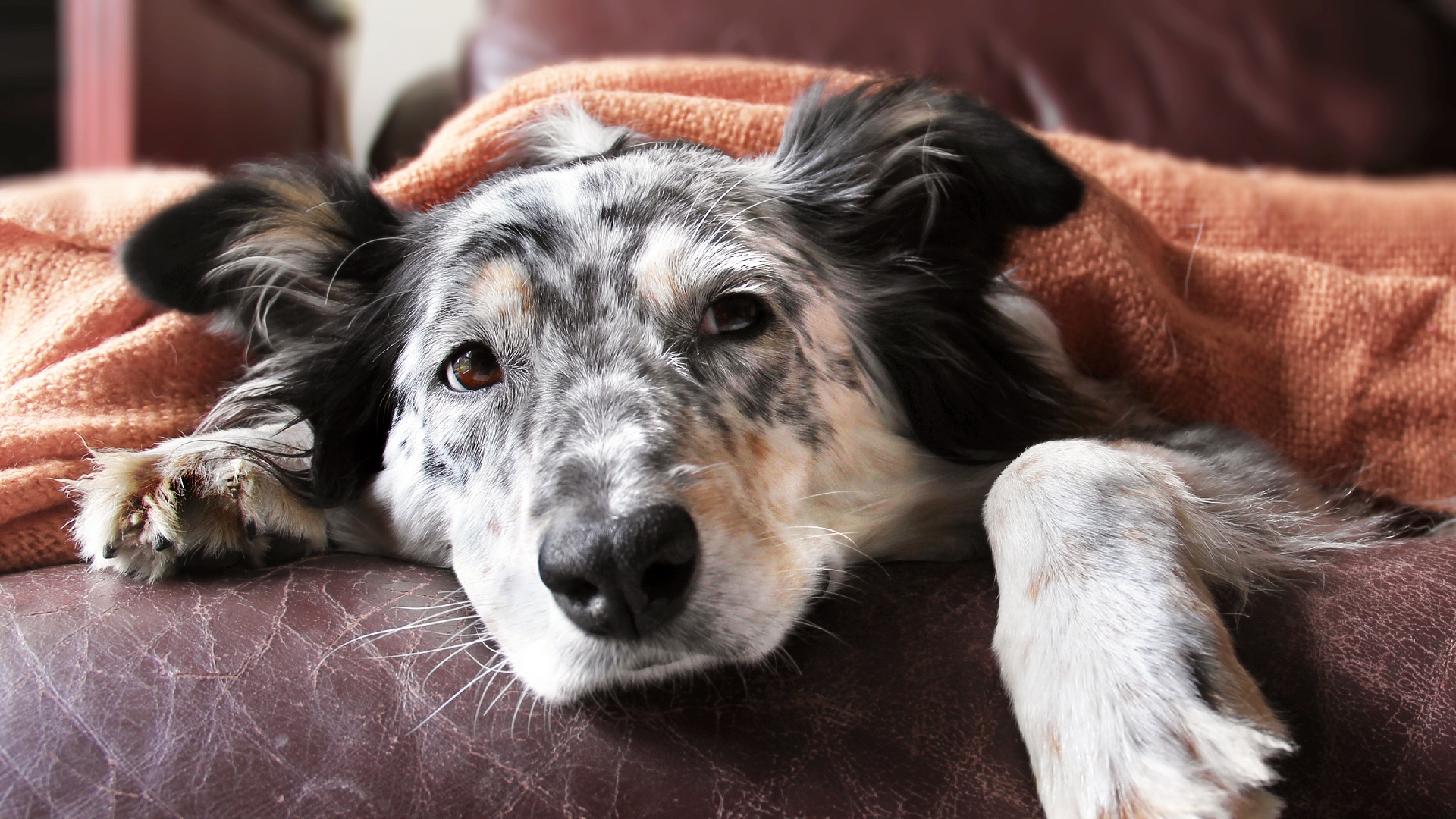
According to Sellers, if a dog has a health issue, they may be much more prone to lashing out. “Pain can cause more aggressive responses. If your dog has recently changed their behavior, then they need to be checked by the vet - most often, if something is identified and treated, then they'll be back to their normal selves.” Learn to recognize the signs a dog is in pain so that you can get them the treatment they need.
5. Choose where you walk carefully
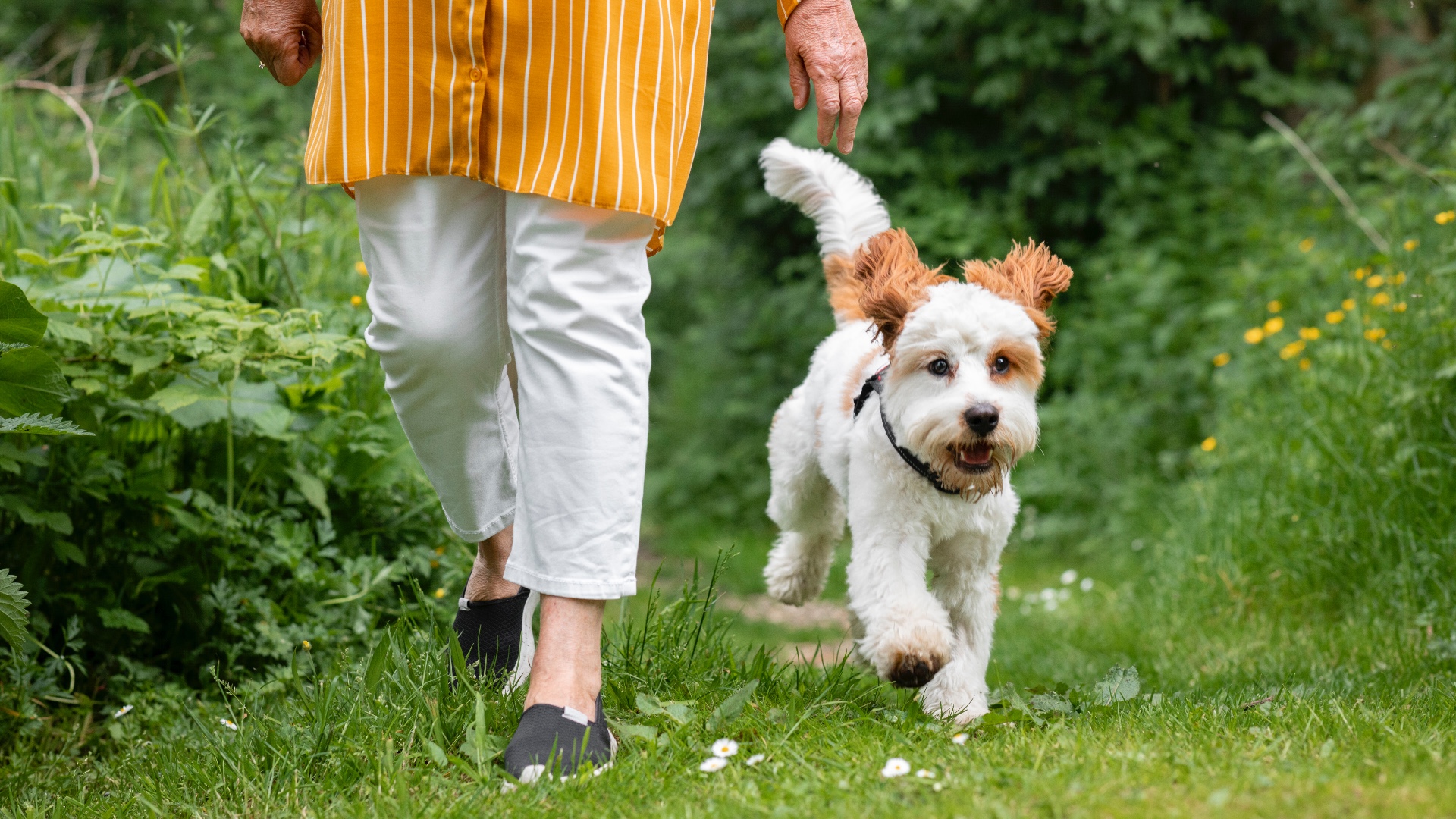
Simply choosing the right location for your walks can make the biggest difference when it comes to enjoying adventures with your dog. If your dog finds other dogs worrying to be around, then head to quiet spaces rather than the local dog park. As Behaviourist Caroline Wilkinson says, “enclosed spaces, such as dog parks, are going to reduce your dog’s ability to move away and create space, so they’re more likely to react aggressively if they feel threatened”.
6. Teach a solid recall
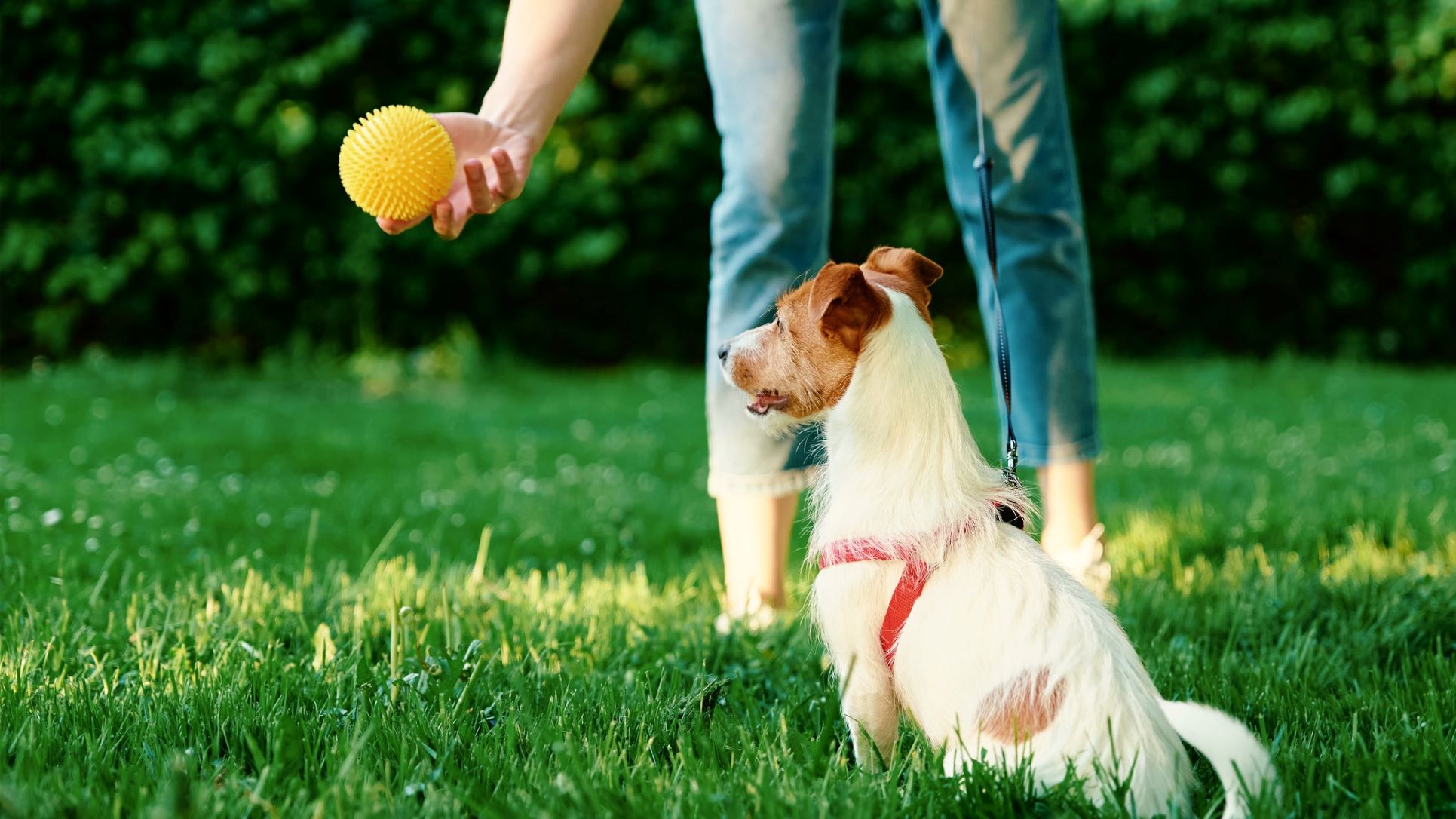
Being able to get your dog to come back to you when they’re off the leash not only allows your dog to have more freedom on walks, but it can also prevent dog fights. If you have a friendly dog who likes to say ‘hi’ to every other dog they see, it can be tricky to get them undercontrol when you see another dog on leash. That other dog might be on leash because it is unwell or reacts aggressively to approaching dogs. You can help both your dog and those dogs you meet to feel more relaxed if you can get your dog to come back to you when you call it, creating space for each other.
7. Longlines are great for keeping dogs safe and reducing your stress
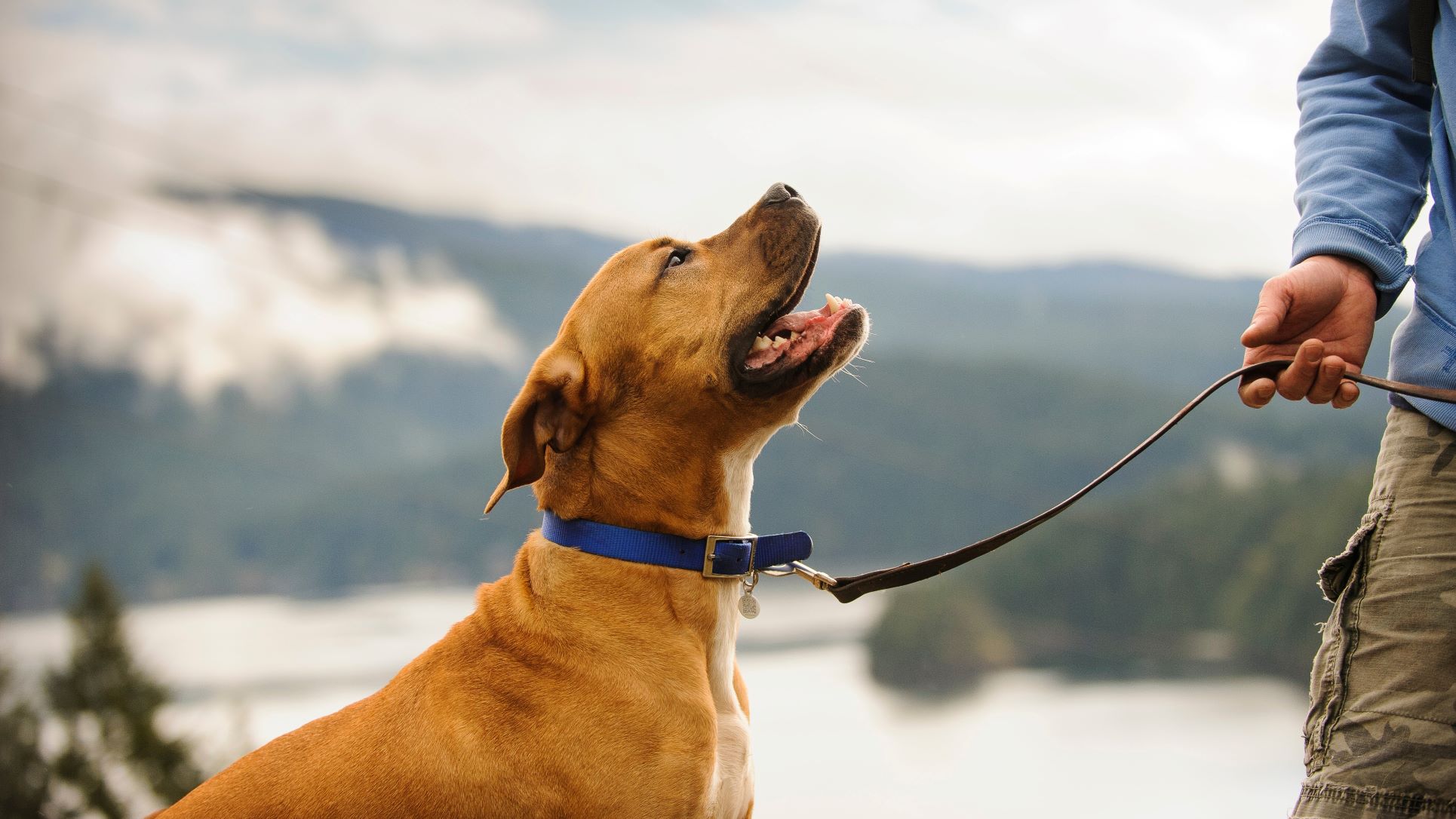
While working on teaching your dog to return to you when you call their name, using a long training leash or longline, can be helpful to keep everyone safe. It will stop your dog from running off - potentially towards other, less friendly dogs - and reduce the chances of them getting injured by running into a road. These tools are great for keeping everyone safe and reducing stress for you, the guardian.
8. Teach an attention cue
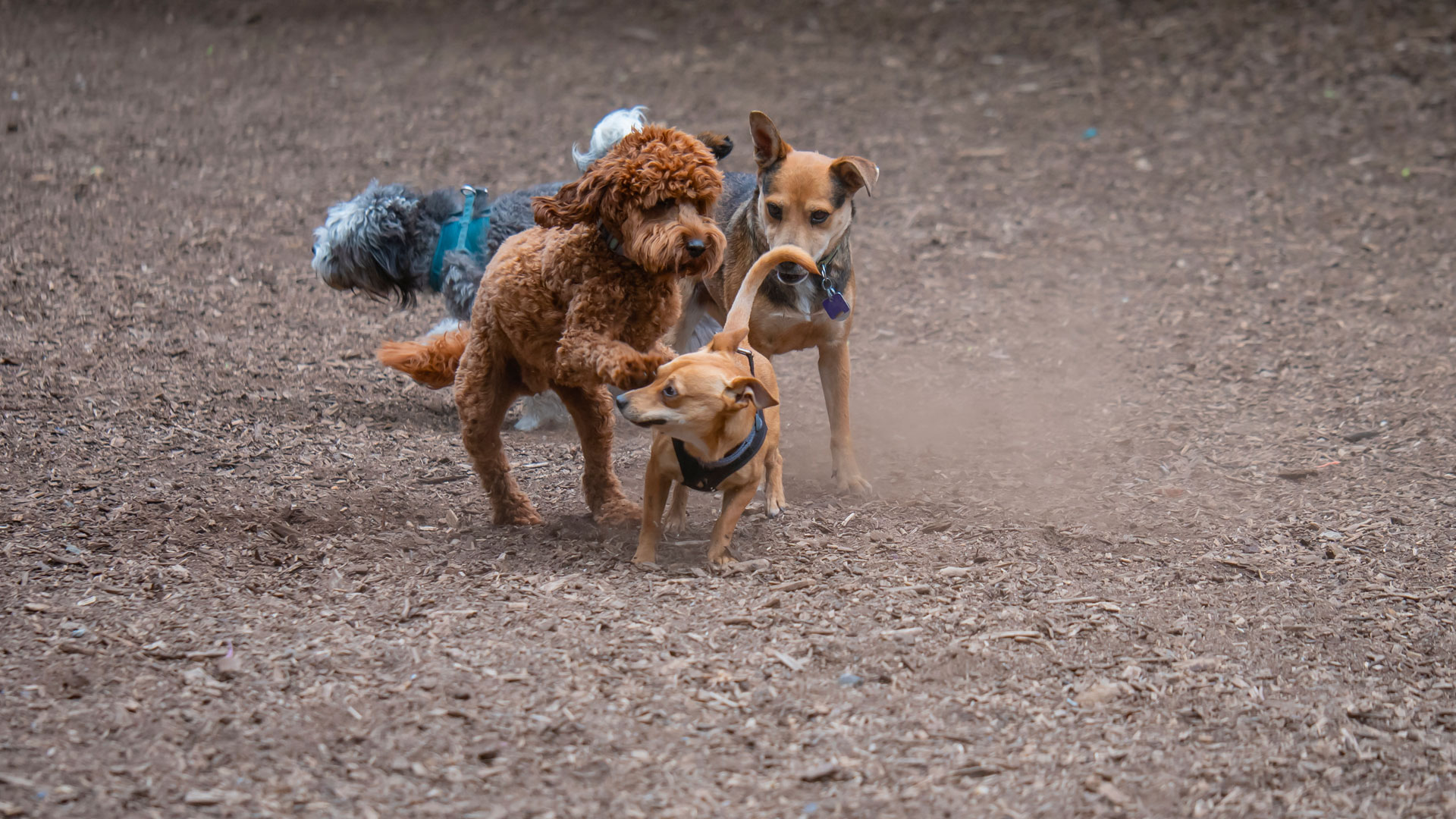
Having a simple little sound, such as a kissy noise or clicking of your tongue - or even just your dog’s name - that means your dog will get a treat if they turn to you is really useful. If you see your dog spot another dog, before they even move off towards it, you can click your tongue or say their name and instantly get their attention. This allows you the time to decide if you need to leash up your dog and create space, or if you can continue in the direction you were headed.
What to do if you’re bitten by a dog

Hopefully, you’ll never find yourself in the position of being attacked by a dog. However, if you’re ever bitten, the Cleveland Clinic advises progressing through the following steps:
- Wash the wound. Use mild soap, and run warm tap water over it for five to 10 minutes.
- Slow the bleeding with a clean cloth.
- Apply over-the counter antibiotic cream if you have it.
- Wrap the wound in a sterile bandage.
- Keep the wound bandaged and see your doctor.
- Change the bandage several times a day once your doctor has examined the wound.
- Watch for signs of infection, including redness, swelling, increased pain, and fever.
It’s also worth knowing your rights in terms of seeking compensation. According to claims expert Sasha Quail, here’s what she recommends people do to ensure they get the support they need if they’re unfortunate enough to be bitten by a dog:
“It’s important to seek medical attention immediately, no matter the size of the bite, as well as reporting the incident to the local authorities. If possible try to obtain the owner's details, name and breed of the dog and their vet’s details - this will make it easier if you do have to take the matter to a solicitor.
You will also need to collect evidence if you do want to pursue a claim, if safe to do so, including; a photo of the injury, any item of clothing (unwashed) from the attack, a written account of the attack, any witnesses, and a formal medical record from your doctor.”
Remember, it’s always better to opt for prevention rather than cure when it comes to dog bites, so putting into action the above tips to minimize the risk of an attack in the first place is your best course of action. For more on dealing with aggression, take a look at our guides on how to deal with an aggressive rescue dog, how to tackle dog aggression and how to stop a puppy biting

Kathryn is a freelance writer who has been a member of the PetsRadar family since it launched in 2020. Highly experienced in her field, she's driven by a desire to provide pet parents with accurate, timely, and informative content that enables them to provide their fur friends with everything they need to thrive. Kathryn works closely with vets and trainers to ensure all articles offer the most up-to-date information across a range of pet-related fields, from insights into health and behavior issues to tips on products and training. When she’s not busy crafting the perfect sentence for her features, buying guides and news pieces, she can be found hanging out with her family (which includes one super sassy cat), drinking copious amounts of Jasmine tea and reading all the books.
- Caroline WilkinsonCertified Animal Behaviorist
